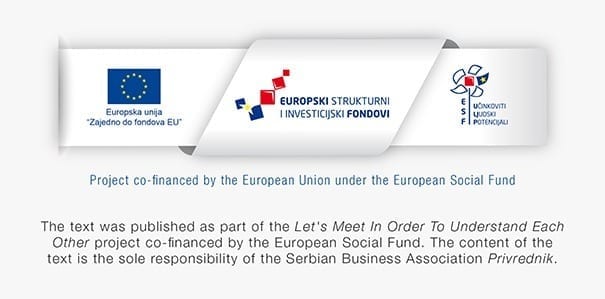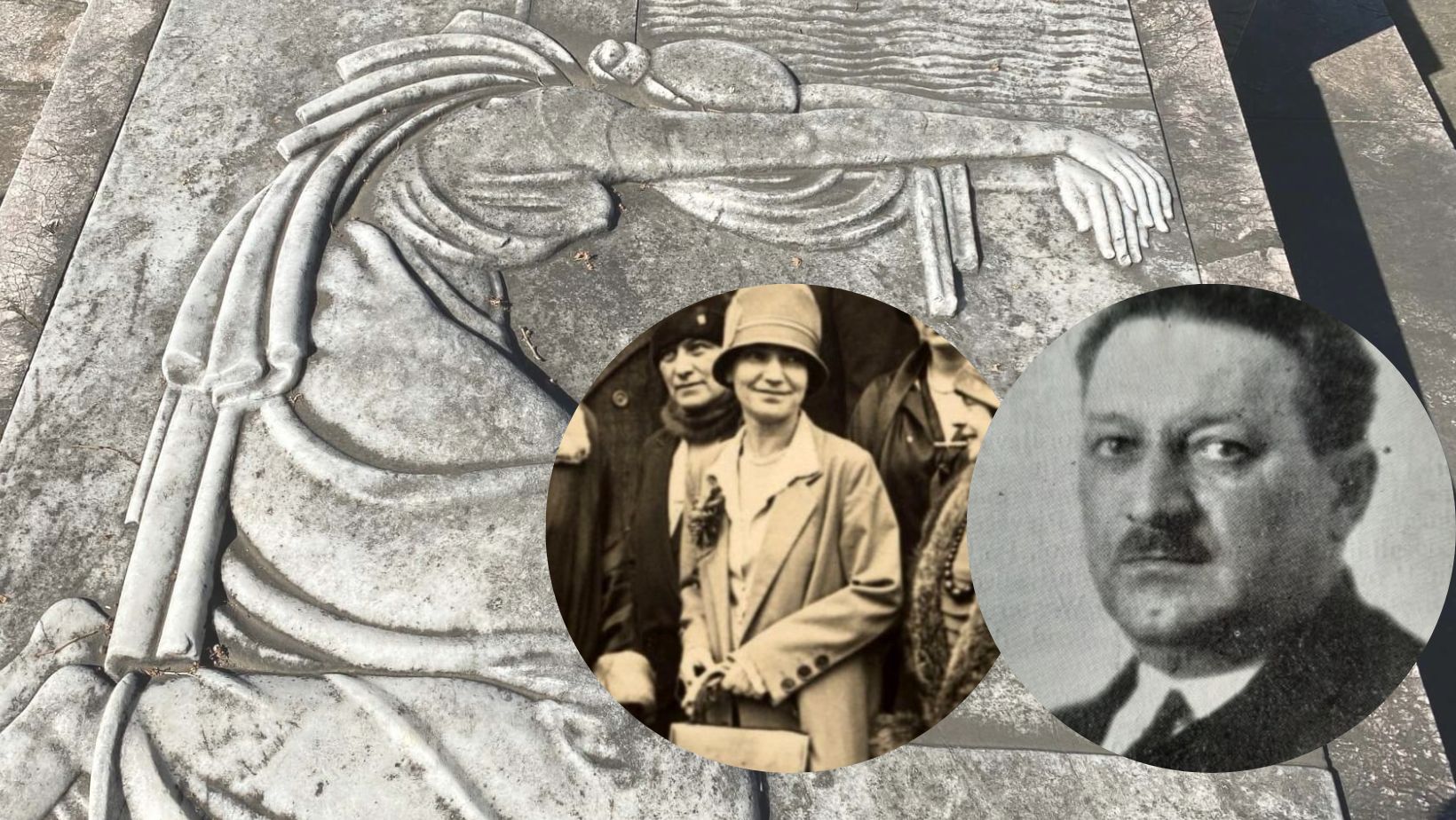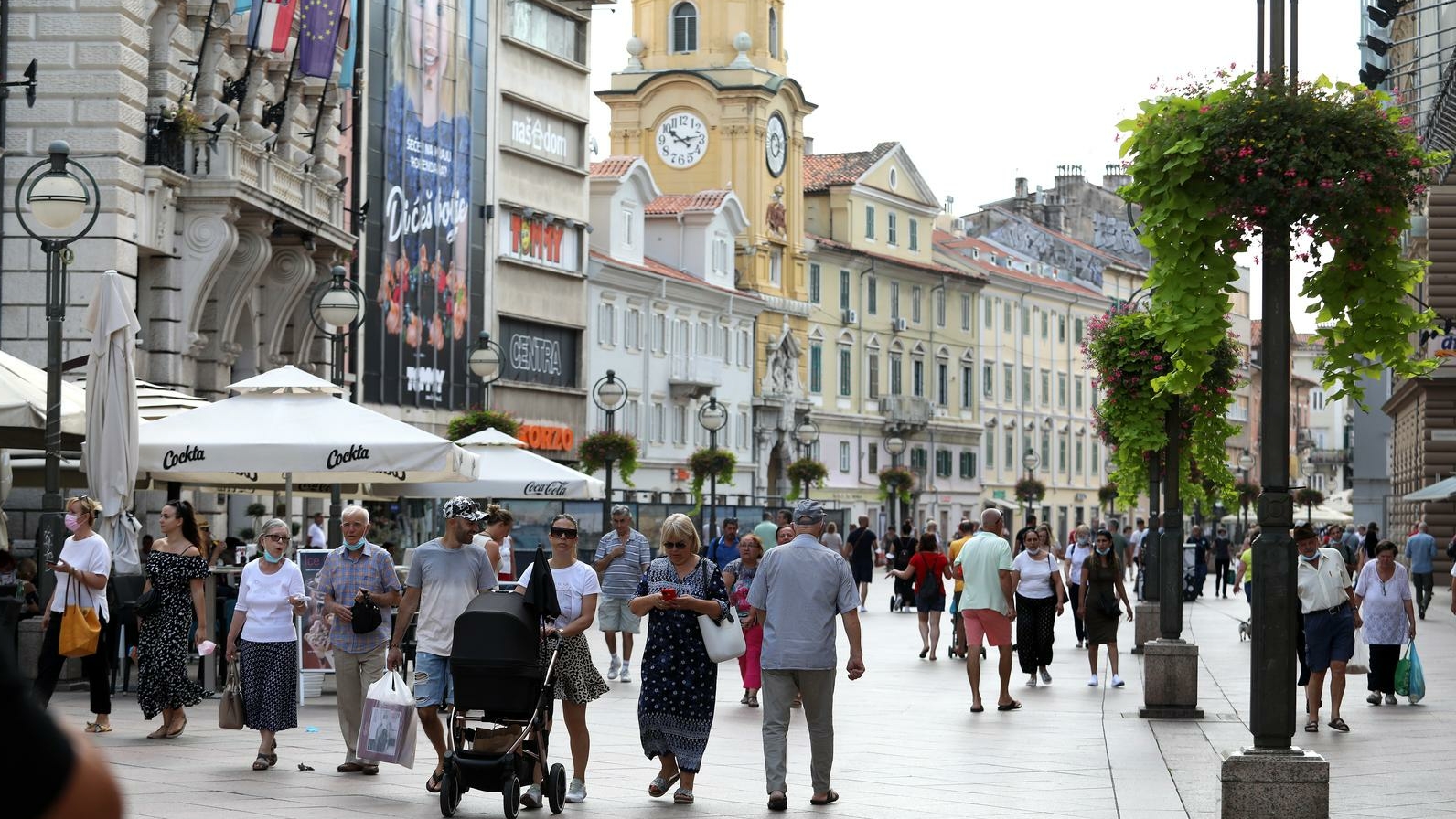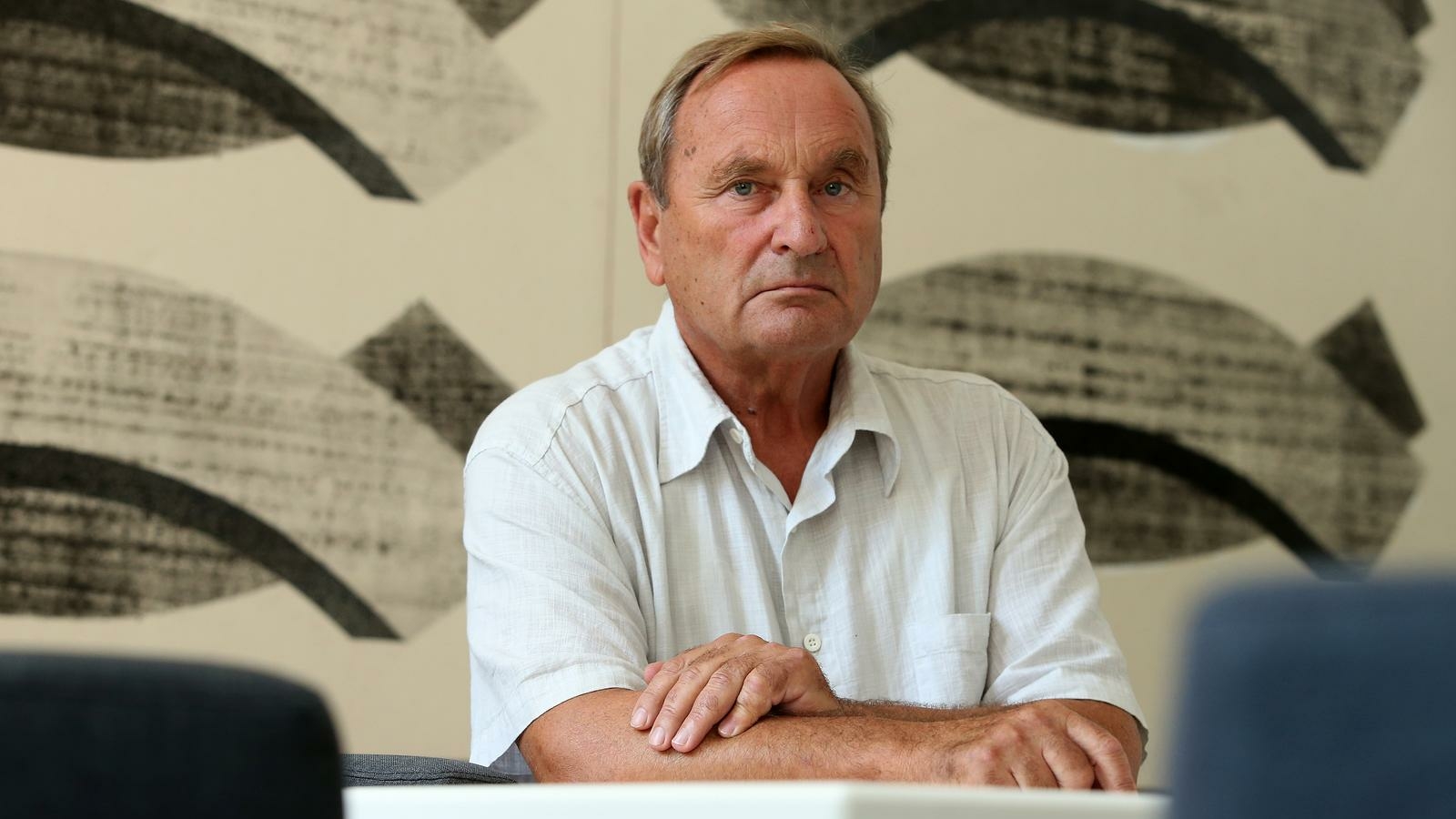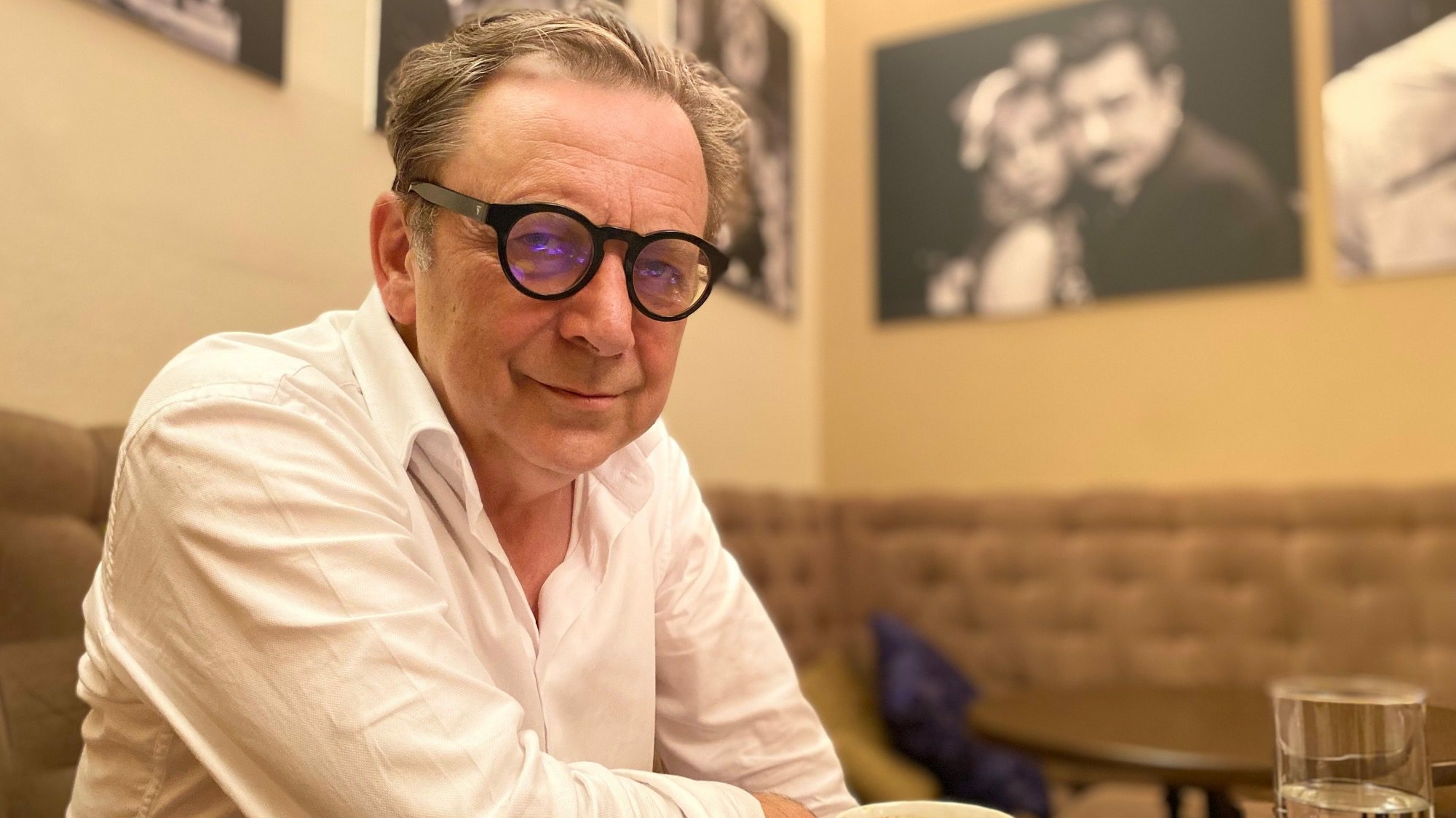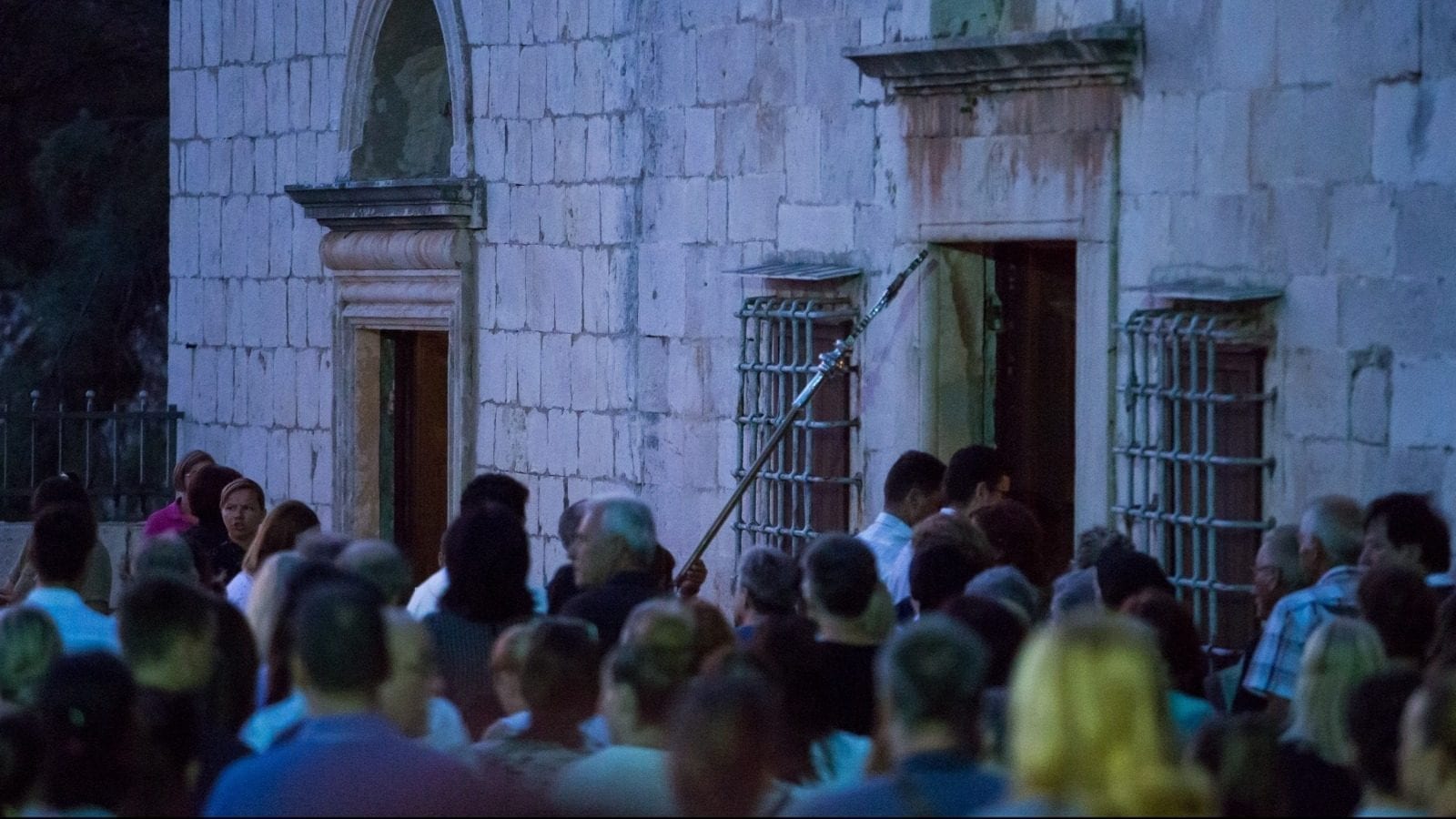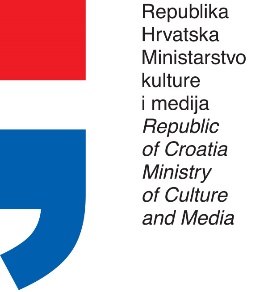Notable people, especially those who, along with their professional accomplishments, were distinguished benefactors and patrons, are often most easily forgotten. It is almost as if we do not want to discomfort ourselves and do something more than what we do for ourselves and those closest to us.
Among those people who selflessly helped others all their lives are the still little-known spouses Đorđević. They were dr. Đurica Đorđević, a professor at the Faculty of Medicine in Belgrade, and his wife, first a court lady and then, after his death, a collaborator of the People’s Liberation Movement and a social and political worker, Kristina – Krista Đorđević, born Šumanović. They were two people who worked to create a better society and spread philanthropy, the patronage of the arts and humanity. A part of their story is revealed in the interesting relief on their grave in the New Cemetery in Belgrade. It is the work of the eminent sculptor Sreten Stojanović, whose life path was determined by the benefaction of the Đorđević family.
Prof. dr. Đurica Đorđević was a Serb from Croatia, born in Grubišno Polje in 1885. He graduated in medicine in Vienna in 1909 and continued training in dermato-venerology under the renowned professors Finger and Arning. He worked at the dermatological department of the Brothers of Mercy hospital in Zagreb from 1912.
He was an army doctor during the First World War. After the war, in 1918, he moved to Belgrade, where he became the head of the Polyclinic for Dermatological and Venereal Diseases and an assistant professor at the Faculty of Medicine in Belgrade. He was eventually made full professor. He distinguished himself in the field of dermato-venerology, so he founded the Chair of Dermato-venerology and the Clinic for Skin and Venereal Diseases at the Faculty of Medicine in Belgrade. Đurica was an honorary member of numerous foreign dermatological associations, but what distinguished him, apart from his professional and scientific work, was his humaneness. As an army doctor in Zagreb in the First World War, he organized the rescue of many politically undesirable Serbs and Croats so that they weren’t sent to the most dangerous parts of the Austrian battlefront. After the war, he financially helped both people released from internment and numerous orphaned children from Bosnia and Herzegovina. Many of them lived in his home while attending school. Đurica’s great companion in philanthropy and, after his death, successor in the often-difficult fight for the common good was his wife Kristina – Krista.
Kristina Krista Đorđević was born in Zagreb in 1892 to father Svetislav Šumanović, a doctor of legal sciences, lawyer, politician, people’s representative and deputy viceroy of the Kingdom of Croatia and Slavonia, and mother Katarina. Her father hailed from Šid, and his nephew was the famous painter Sava Šumanović. Kristina’s mother died when she was three years old. Her father sent her to Austrian boarding schools, and she studied languages in Vienna. Đurica and Krista met in Zagreb, married after the end of the First World War and moved to Belgrade. Their intensive humanitarian efforts started then. They were affluent and had no children, so they financed poor students and were patrons to many talented artists, among whom the sculptor Sreten Stojanović especially stands out. Đurica Đorđević sent him to get educated in Vienna. Sreten Stojanović studied under Professors Celezni and Roman Lewandowski, Rodin’s student in Vienna, went to Paris for further studies and then returned to his country, where he was an outstanding and esteemed artist. Krista was also involved in other noble initiatives: she helped build the Cvijeta Zuzorić Art Pavilion in Kalemegdan and was active in the Cvijeta Zuzorić Friends of Art Society, which developed into the central art institution in Belgrade. She was the president of the board of the society until October 1938. Many artists gathered at Đurica and Krista’s house: painters Milo Milunović, Jovan Bijelić, Sava Šumanović, Ignjat Job, composers Petar Konjović, Kosta Manojlović, Miloje Milojević, writers Miloš Crnanjski, Tin Ujević, Branislav Nušić, Milan Rakić, sculptors Lojze Dolinar, Toma Rosandić, Sreten Stojanović and others. The Đorđević house in Strahinjića Bana Street in Belgrade was adorned with a relief and sculptures by Sreten Stojanović, Toma Rosandić, Lojze Dolinar, Petar Pallavicini and others, and it housed numerous paintings. It was destroyed in the bombing of Belgrade in 1941, and one of the rare preserved reliefs that shows the beauty with which the artists repaid their patrons is on the tomb of the Đorđević family in the New Cemetery in Belgrade.
After the death of Đurica Đorđević in 1935, on the first anniversary of his death, his colleagues founded the Dr. Đorđe-Đurica Đorđević Foundation. The relief on his tomb was made by his and Krista’s most devoted friend and protege, the sculptor Sreten Stojanović. The white marble tombstone is a horizontal slab with a relief of a kneeling girl with a bent head and arms outstretched towards a departing ship on the sea – a symbol of great sorrow and a farewell to a departing soul.
After her husband’s death, Krista continued to help poor students, slowly accepting new, revolutionary, communist ideas. She was friends with Ivo Lola Ribar, who connected her with Josip Broz Tito, Rodoljub Čolaković and others. Rodoljub Čolaković illegally stayed in her apartment once and Josip Broz Tito twice; she recognized Tito only from posters from 1942. Several times in 1940, she traveled to Paris on orders from the Communist Party of Yugoslavia (KPJ) and transferred the party’s money there. In 1941, Tito left in Krista’s keeping a large number of gold coins he had been given by the Comintern to fund the work of the KPJ. These coins were in her house when it was bombed, and Krista found them after the war, turned into a charred lump of gold mixed with mortar. She returned the gold to Tito.
Since her house was destroyed, for a while at the beginning of the occupation in 1941, she lived at her friend Sreten Stojanović’s house. Fearing retribution, she moved to central Serbia, still keeping in touch with members of the KPJ. She spent a short time in Belgrade again and was transferred to liberated territory near the end of the war, in 1944. She then went to London and took over the management of the Red Cross from the government in exile. In late October 1944, she returned to liberated Belgrade. She was the first president of the Antifascist Front of the Women of Serbia and a permanent member of the UN’s Social Committee. She was then the president of the Red Cross of Serbia and the head of the Federal Committee for Cultural Relations with Foreign Countries.
In 1960, she was the founder and first president of the Society of Friends of the National Museum in Belgrade, to which she gifted all the paintings of her cousin Sava Šumanović, as well as other artworks from her home. Among them were paintings and sculptures given as gifts by the authors themselves: Sreten Stojanović, Peđa Milosavljević, Marko Čelebonović, Milo Milunović, Ivan Tabaković, Mića Popović and others. Even in her old age, she stayed in touch with Josip Broz Tito, who sent her a basket of southern fruit from the garden in Brijuni every New Year. She died in Belgrade in 1981 and was buried next to her husband Đurica in the New Cemetery. The tombstone, the work of the sculptor Sreten Stojanović, is a testimony to the humaneness and courage of two people who did so much for the development of Serbian art, as well as for numerous young people who were educated thanks to their help.
Translation from Croatian: Jelena Šimpraga
